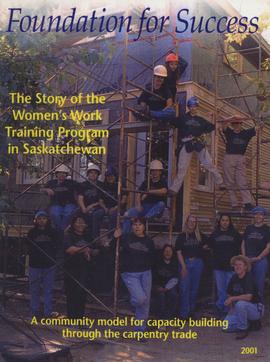Zona do título e menção de responsabilidade
Título próprio
Designação geral do material
Título paralelo
Outra informação do título
Título(s) de declaração(ões) de responsabilidade
Notas ao título
Nível de descrição
Entidade detentora
Código de referência
Zona de edição
Declaração de edição
Declaração de responsabilidade da edição
Zona de detalhes específicos de materiais
Declaração de escala (cartográfica)
Declaração de projeção (cartográfica)
Declaração de coordenadas (cartográfica)
Declaração de escala (arquitetural)
Autoridade emissora e denominação (filatélica)
Zona de datas de criação
Data(s)
-
1995, 2001 (Produção)
Zona de descrição física
Descrição física
Zona dos editores das publicações
Título da editora
Títulos paralelos das publicações do editor
Outra informação do título das publicações do editor
Declaração de responsabilidade em relação à série editora
Numeração das publicações do editor
Nota sobre as publicações do editor
Zona da descrição do arquivo
Nome do produtor
História custodial
Âmbito e conteúdo
Delivery agent and target audience:
SaskWITT with Denise Needham. Program location: Regina
Partners, supporters and stakeholders too numerous to mention. Funding structure is detailled in the included report.
In 1995, in response to an invitation by a visionary at a Crown Corporation in Saskatchewan -New Careers - Denise Needham and Valerie Overend submitted a 2-page concept paper outlining a sustainable training program for women in construction trades. This became the foundation for the largest and most complicated program that Overend ever developed or managed – the Women’s Work Training Program. Over the course of 5 years, Needham and Overend conducted 3 intakes of 16 women on social assistance or from low-income backgrounds and provided a supportive training atmosphere for them to complete 4 levels of Apprenticeship as well as establish a worker’s co-operative – the Regina Women’s Construction Cooperative (RWCC). Specifically, Overend was the Organizational Consultant and responsible for writing copious funding proposals and reports, designing systems, policies and procedures, and working with partners and funders to massage status quo practices and ensure adherence to both our objectives and theirs. she also taught. The massive project required 1 ½ million dollars over 5 years, hundreds of meetings and interviews, and customization in all aspects of training principals.
The funding proposal is a complete outline of the program that ran from February 1996 – December, 2000. It provides a solid overview of a 5 year women’s carpentry apprenticeship program. Our 2-page pitch led to funding for a fully-developed vision that addressed issues of continuity in training programs as well as supported workplace attachments. New Careers arranged for a few meetings with key players in the training/labour market in Saskatchewan to come together and brainstorm strategies that they could commit to that would lead to success of this 5 year program. It was not without bumps and major hurdles, but Needham and Overend did it! The report “Foundation for Success” (below) provides for a final narrative on the program.
At the end of 5 years, Overend wrote a 140 page comprehensive report that provides a template for women’s trades training programs in Canada. It includes detailed descriptions of inputs, activities, monitoring and evaluation, outputs, outcomes and impacts of the program. It traces the birth of the Regina women’s Construction Cooperative which evolved with the senior women in the program under our stewardship. Appendices include outlines of the application process, academic timetables, shop tasks and projects, LifeSkills components, and evaluation questionnaires. A complicated funding model is simplified through a coloured Venn Diagram and timelines of six phases of training are similarly illustrated.
In the first few months of operation, we were fortunate to catch the attention of a professor from Queen’s University, Margaret Hillyard Little, who wanted to study a retraining program in Canada that successfully boosted women off welfare. She selected WWTP and spent the next few years visiting often and interviewing the women in the program. In 2005, UBC Press published her book “If I Had a Hammer, Retraining that Really Works”. This profiles the lives of the students and instructors and identifies successes and shortcomings of the program as seen through the eyes of the women involved.
Zona das notas
Condição física
Fonte imediata de aquisição
Organização
Idioma do material
- inglês

